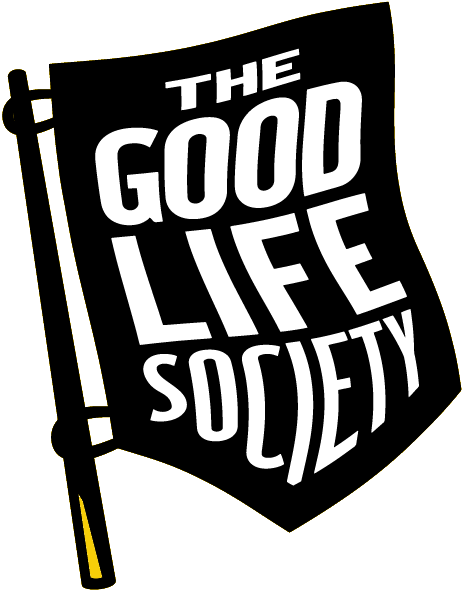The Dos & Don’ts of Mushroom Foraging by Roger Phillips
Dedicated to Roger
16th December 1932 – 15th November 2021
Roger Phillips MBE was that rare and precious thing, a world expert.
His principal expertise was in foraging, particularly for mushrooms. Roger sold millions of books based on his eight decades of experience and has been described as ‘Britain’s original forager’.
Spirited, cultured, deeply intelligent, wildly knowledgeable; when it comes to mushrooms, Roger is the man.
Roger attended all of The Good Life Experiences that we have held, and always drew one of the biggest crowds.
A combination of his expertise and his charm made his foraging and cooking sessions absolutely unmissable. Now, over to Roger.
If you are going out mushroom foraging, there are a few simple ways you can stay out of danger.
The first rule is to only ever eat a mushroom that you are totally certain is edible.
It’s also important to only go foraging with someone whom you know to be a reliable identifier. They’ll be able to show you how to recognise the deadly species.
One of the simplest ways of staying safe is to begin with puffballs. There are no poisonous puffballs. Many kinds of puffballs, big and small, can be found in woodland and also growing on the wood itself, but the very best known one is the ‘Giant Puffball’ which grows in grassy places.
I once found a wonderful collection on Hampstead Heath growing in the middle of a vast clump of nettles. They often seem to grow around areas that man has let go to rack and ruin.
When you find some puffballs that are fresh and in good condition, just open one up and check the colour of the spore-bearing material in the middle.
If it is white, it is edible; if it is khaki-coloured in the middle the spores have matured, which means it is not good to eat and should be discarded.
Next, what not to eat.
By far the most dangerous mushroom worldwide is the Death Cap Amanita phalloides, which is found in woodland and wood edges.
It has a greenish cap, with white gills and spores and has a sack-like volva at the base of the stem. All members of the genus Amanita develop some kind of volva at the stem base, so avoid eating any of them as there are other deadly poisonous members of this genus.
Remember
There are a couple of things to remember when going out to forage for mushrooms.
Unless you are on your own land, you need the consent of the landowner before you collect any specimens.
It’s also essential that you consider the environment. Take good care not to cause damage to plants and trees and when collecting actual fungi and remember not to take all that you can see; the fungus perpetuates itself by means of the spores that it drops, so always leave some of the specimens behind for future crops.
I first went foraging at the age of eight, on my grandparents’ farm in Hertfordshire.
I collected buckets of mushrooms from their meadows and sold them to the milkman for two and sixpence a bucket.
It was during the war, so as a child it was brilliant to be able to supplement the weekly rations and to make a little extra money, as well. I have never grown out of my fascination for fungi and I still find discovering new species or new supplies just as exciting as when I was eight.
This article has been extracted from our Hand Book, which we created in 2020 as a way to keep our community engaged with The Good Life during those event-free months and waves of covid.









